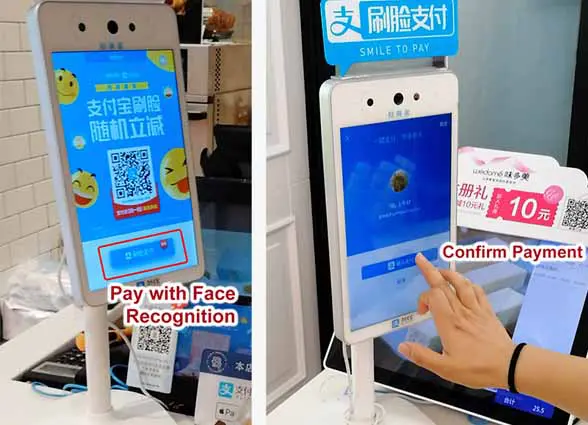
Face-based payments offer the potential to improve customer convenience and increase checkout speeds in stores but require consumer education to be built into the user experience to alleviate security concerns, an in-depth study of services currently on offer in China has found.
The study was conducted by user experience experts Nielsen Norman Group (NNG) and examined the face recognition payments (FRP) services offered to Chinese merchants and consumers by Alipay, WeChat and JD.com in China.
“Four out of five participants we interviewed still preferred QR code scanning, even after they experienced this new, rapid way of paying,” the researchers found.
“Why? Besides the fact that users often hate change, the biggest problem was that the onboarding experience (or lack thereof) didn’t make them feel secure enough.”
The study provides a detailed overview of how each of the three FRP services works as well as feedback from interviews with new and existing users.
It also details four user experience mistakes that made users less trusting of the security of the technology — and provides four recommendations for how these issues could be addressed to increase user trust and drive more widespread adoption.
“Facial-recognition payment is convenient, but users were concerned and confused after using it for the first time,” the researchers conclude.
“Offering an informative but not overwhelming onboarding experience for first-time users can reduce concerns and prevent false mental models.”
“Once the majority of your population is familiar with the process, then you can think about streamlining it.”
Next: Visit the NFCW Expo to find new suppliers and solutions